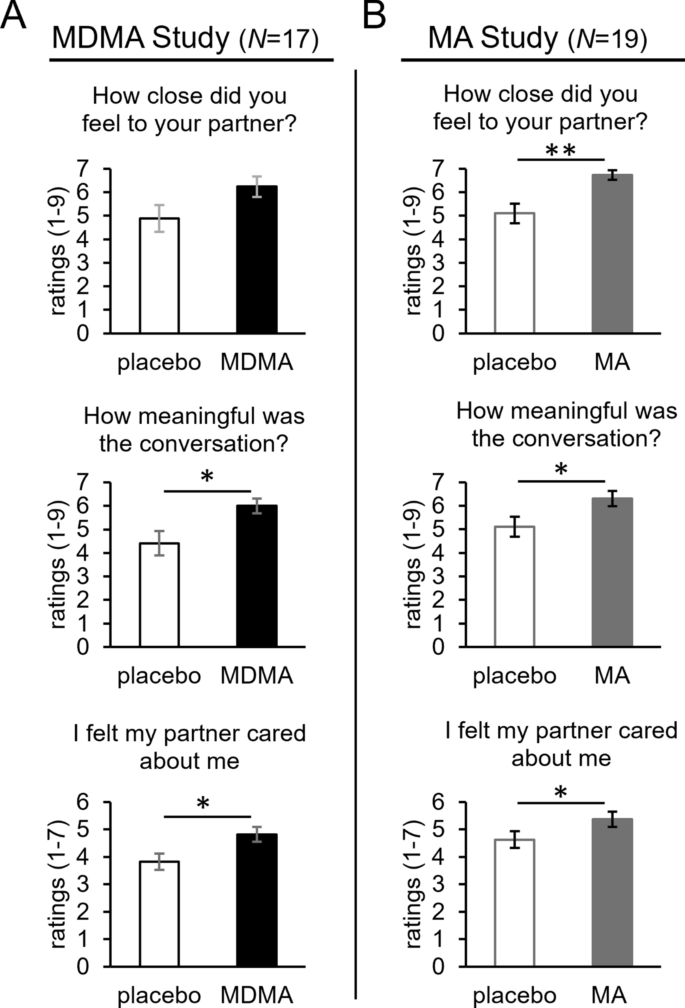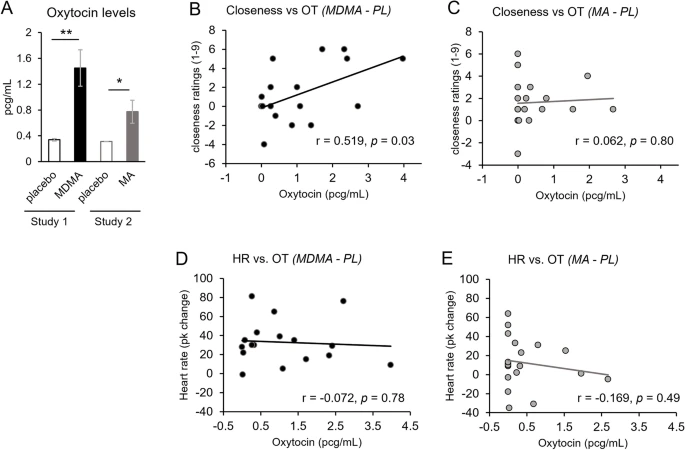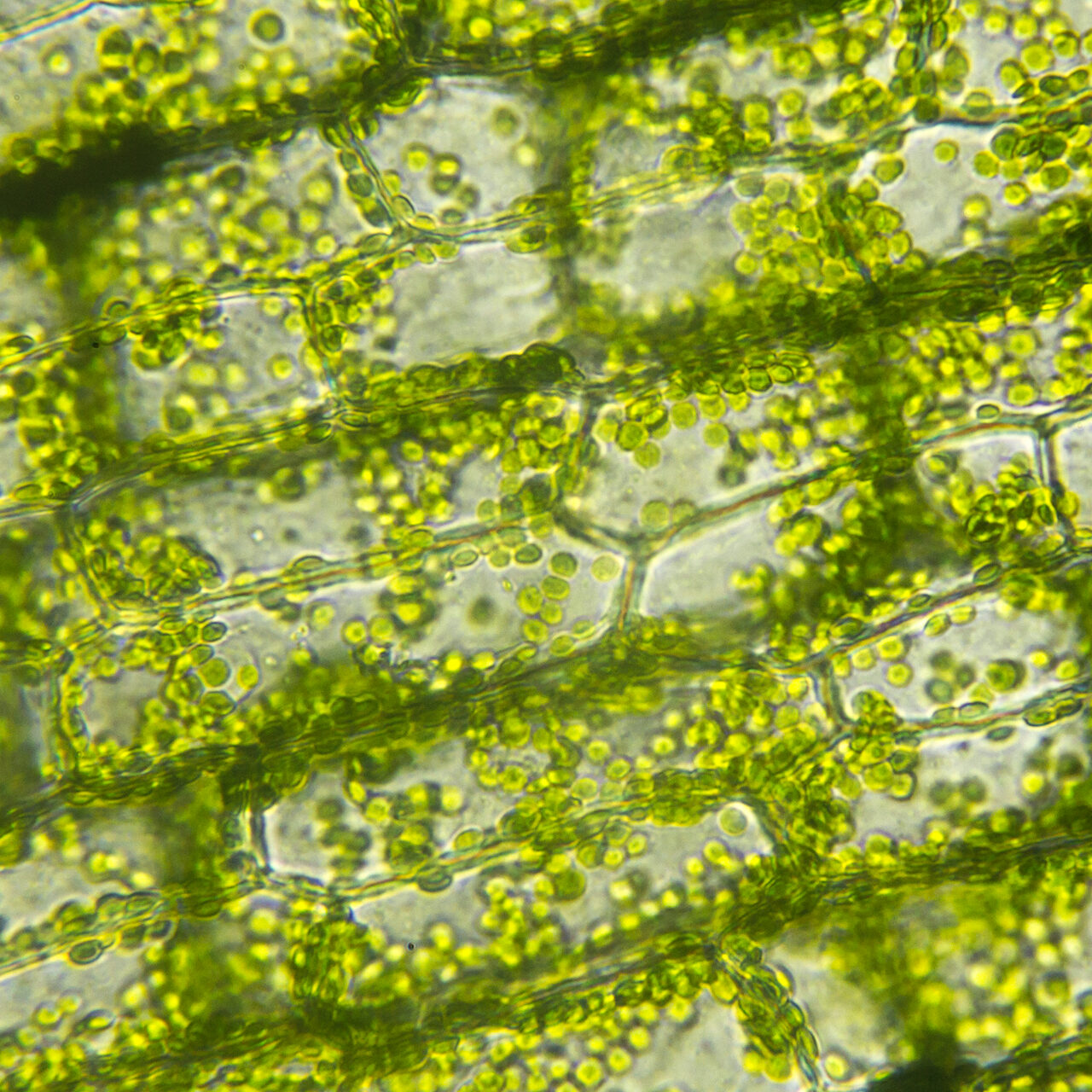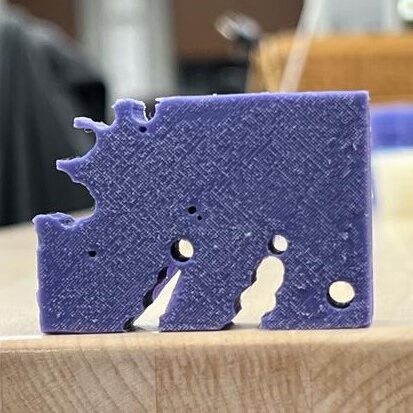From University of Chicago Medicine 05/10/23

MDMA, commonly known as ecstasy, is a recreational psychedelic drug often used at parties and dance clubs because it creates feelings of closeness and social connection with others.
Because of this “empathogenic” effect, researchers are also interested in its potential use as a complement to traditional talk therapy.
In fact, two recent successful clinical trials support the use of MDMA-assisted therapy as a treatment for post-traumatic stress disorder (PTSD).
Researchers at the University of Chicago published a study in Scientific Reports on September 22, 2023, that looked more closely at the pharmacological effects of MDMA and how it influences social interactions.
In a series of carefully controlled experiments in a laboratory setting, they found that volunteers who took MDMA reported feeling significantly more connected to a conversation partner, compared to partners they conversed with after taking a placebo.
Surprisingly, volunteers who took methamphetamine, a stimulant not known for empathogenic effects that acts on a slightly different receptor in the brain, also reported similar feelings of connectedness as MDMA.

“MDMA increased feelings of connection, or feeling in sync with their partner, and how meaningful the conversation was relative to when they took a placebo,” said Hanna Molla, PhD, a postdoctoral fellow in the Department of Psychiatry and Behavioral Neuroscience at UChicago and first author of the new study.
“But interestingly, we found the same exact effect with methamphetamine. Pharmacologically, there are distinctions between the drugs, so there might be some differences in terms of the underlying mechanisms to how these drugs produce feelings of closeness.”
Molla works in the lab of Harriet de Wit, PhD, Professor of Psychiatry and Behavioral Neuroscience at UChicago and senior author of the paper, where their team studies how different drugs affect social interactions.
The new study paired healthy, adult volunteers with a partner they had never met.

During some sessions, they were given a 100 mg dose of MDMA in a capsule; other times they were given a placebo.
The experiment took place under double blind conditions (i.e. they didn’t know what drug they received), to minimize the influence of expectancies.
Next, the volunteers proceeded to have a structured conversation with their partner.
The researchers gave them question prompts intended to start casual conversations about favorite TV shows or favorite holidays, nothing to encourage deep or particularly emotional responses.
The researchers also conducted a similar experiment with methamphetamine (20 mg dose).
While this drug is commonly known for its abuse potential, it is also clinically prescribed in small amounts to treat conditions such as narcolepsy and attention deficit hyperactivity disorder (ADHD).
In terms of receptor actions in the brain, methamphetamine has both similarities and differences from MDMA.
In the studies for both drugs, the volunteers were asked to rate the overall qualities of their partner and the conversation.
The researchers also collected saliva samples to measure levels of oxytocin, a hormone associated with strengthening social bonds between people.

Volunteers who received MDMA reported feeling more connected and having more positive feelings about their conversation partners.
The drug also increased their levels of oxytocin, which had a positive relationship with how close they felt to their partners.
Volunteers who received methamphetamine reported similar feelings of closeness with their conversation partners, but these feelings were not related to their oxytocin levels.
Researchers who study MDMA believe one way it could enhance traditional psychotherapy is by increasing the connection between a patient and their therapist, facilitating conversations and helping the patient feel more comfortable about opening up and exploring their emotions.
“When we see that a drug like MDMA is used in a recreational setting, it may be because people believe it makes them more connected. As researchers, we’re interested in what psychological components are involved. Everything we’ve seen with MDMA in controlled laboratory studies suggests that these effects would facilitate psychotherapy and make the process go better,” de Wit said.
“There may be different ways to get people to feel more connected, one mediated by oxytocin as with MDMA, and the other mediated by something else. But it may be that just getting people to talk and have a long conversation makes them feel connected with each other.”



